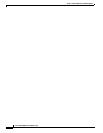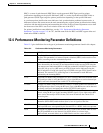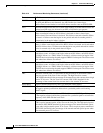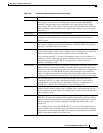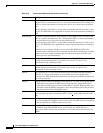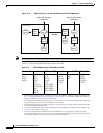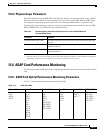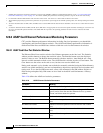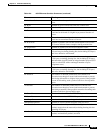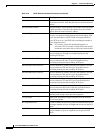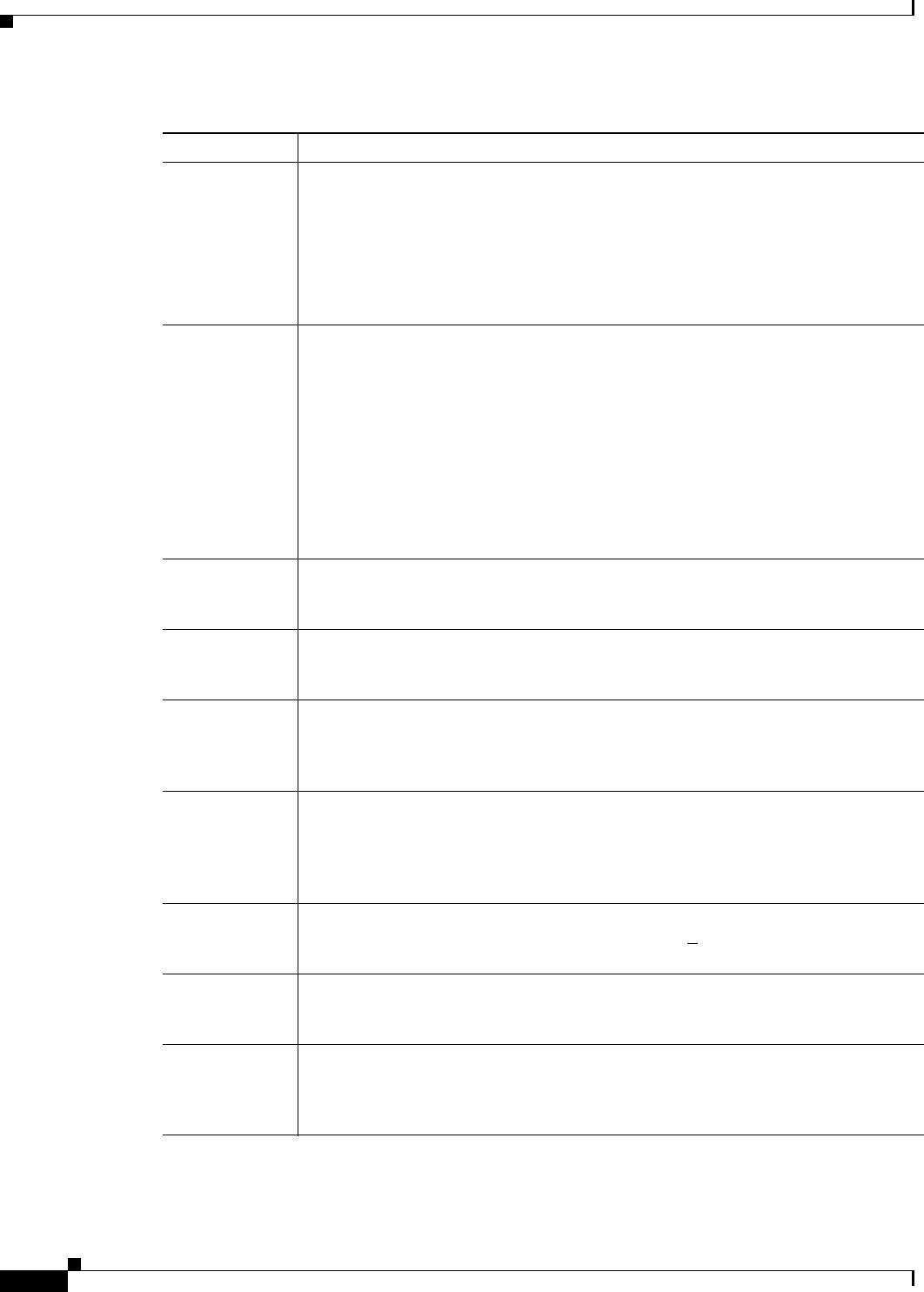
12-8
Cisco ONS 15600 Reference Manual, R7.2
Chapter 12 Performance Monitoring
12.4 Performance-Monitoring Parameter Definitions
PSD (1+1) In a 1+1 protection scheme, Protection Switching Duration (PSD) applies to the
length of time, in seconds, that service is carried on another line. For a working line,
PSD is a count of the number of seconds that service was carried on the protection
line.
For the protection line, PSD is a count of the seconds that the line was used to carry
service. The PSD PM is only applicable if revertive line-level protection switching is
used.
PSD (BLSR) Protection Switching Duration (PSD) applies to the length of time, in seconds, that
service is carried on another line. For a working line, PSD is a count of the number
of seconds that service was carried on the protection line.
For the protection line, PSD is a count of the seconds that the line was used to carry
service. The PSD PM is only applicable if revertive line-level protection switching is
used.
Therefore, if a protection switch occurs on a two-fiber BLSR, the PSD of the
protection span to which the traffic is switched will increment, and when the switched
traffic returns to its original working span from the protect span, the PSD of the
protect span will stop incrementing.
PSD-R In a four-fiber BLSR, Protection Switching Duration-Ring (PSD-R) is a count of the
seconds that the protection line was used to carry service. A count is only
incremented if ring switching is used.
PSD-S In a four-fiber BLSR, Protection Switching Duration-Span (PSD-S) is a count of the
seconds that the protection line was used to carry service. A count is only
incremented if span switching is used.
PSD-W For a working line in a two-fiber BLSR Protection Switching Duration-Working
(PSD-W) is a count of the number of seconds that service was carried on the
protection line. PSD-W increments on the failed working line and PSD increments on
the active protect line.
SEFS-S Section Severely Errored Framing Seconds (SEFS-S) is a count of the seconds when
an SEF defect was present. An SEF defect is expected to be present during most
seconds when an LOS or loss of frame (LOF) defect is present. However, there can
be situations when the SEFS-S parameter is only incremented based on the presence
of the Severely Errored Framing (SEF) defect.
SES-L Line Severely Errored Seconds (SES-L) is a count of the seconds containing more
than a particular quantity of anomalies (BPV + EXZ >
1544) and/or defects on the
line.
SES-LFE Far-End Line Severely Errored Seconds (SES-LFE) is a count of the seconds when K
(see Telcordia GR-253-CORE for values) or more line-layer BIP errors were reported
by the far-end LTE or an RDI-L defect was present.
SES-P Near-End STS Path Severely Errored Seconds (SES-P) is a count of the seconds when
K (2400) or more STS path BIP errors were detected. An AIS-P defect (or a
lower-layer, traffic-related, near-end defect) or an LOP-P defect can also cause an
SES-P.
Table 12-2 Performance Monitoring Parameters (continued)
Parameter Definition



